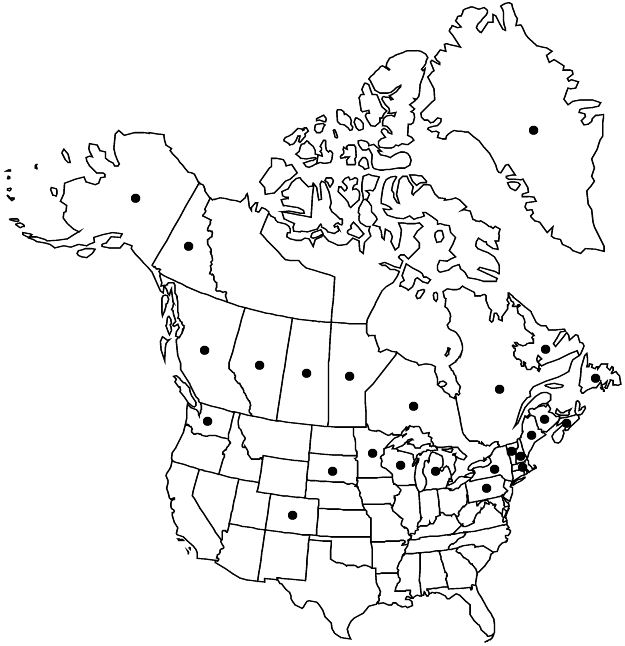Difference between revisions of "Viola selkirkii"
Edinburgh Philos. J. 6: 324. 1822.
FNA>Volume Importer |
imported>Volume Importer |
||
| Line 47: | Line 47: | ||
|publication year=1822 | |publication year=1822 | ||
|special status= | |special status= | ||
| − | |source xml=https:// | + | |source xml=https://bibilujan@bitbucket.org/aafc-mbb/fna-data-curation.git/src/bb6b7e3a7de7d3b7888a1ad48c7fd8f5c722d8d6/coarse_grained_fna_xml/V6/V6_280.xml |
|genus=Viola | |genus=Viola | ||
|species=Viola selkirkii | |species=Viola selkirkii | ||
Revision as of 23:38, 27 May 2020
Plants perennial, acaulescent, not stoloniferous, 4–15 cm; rhizome slender, not fleshy. Leaves basal, 2–12, prostrate to ascending; stipules linear-lanceolate, margins entire, apex acute; petiole 1.5–7 cm, not winged, glabrous or pubescent; blade unlobed, usually ovate, rarely orbiculate, 1–5 × 1–5 cm, base cordate, margins crenate to crenulate or serrate, eciliate, apex rounded to acute, surfaces glabrous or sometimes pubescent abaxially, strigose adaxially. Peduncles 3–6 cm, glabrous or pubescent. Flowers: sepals lanceolate to ovate-lanceolate, margins eciliate, auricles 1–2 mm; petals light violet on both surfaces, lower 3 white basally and dark violet-veined, lateral 2 beardless, lowest 8–13 mm, spur pale to dark violet, elongated, 4–7 mm; style head beardless; cleistogamous flowers on prostrate to ascending peduncles. Capsules ovoid to ellipsoid, 4–8 mm, glabrous. Seeds brown, 1–2 mm. 2n = 24.
Phenology: Flowering May–Jun.
Habitat: Wet to moist places, thickets, mixed or coniferous woods
Elevation: 200–3000 m
Distribution

Greenland, Alta., B.C., Man., N.B., Nfld. and Labr., N.S., Ont., Que., Sask., Yukon, Alaska, Colo., Maine, Mass., Mich., Minn., N.H., N.Y., Pa., S.Dak., Vt., Wash., Wis., Eurasia.
Discussion
Viola selkirkii occurs on the southwestern coast of Greenland, north to 63ºN (L. Brouillet, pers. comm.). Presence of V. selkirkii in the Northwest Territories and Nunavut is considered doubtful (L. Brouillet et al., http://canadensys.net/vascan). K. W. Allred (2008) said that V. selkirkii was considered by W. C. Martin and C. R. Hutchins (1980) to be expected in New Mexico.
Selected References
None.